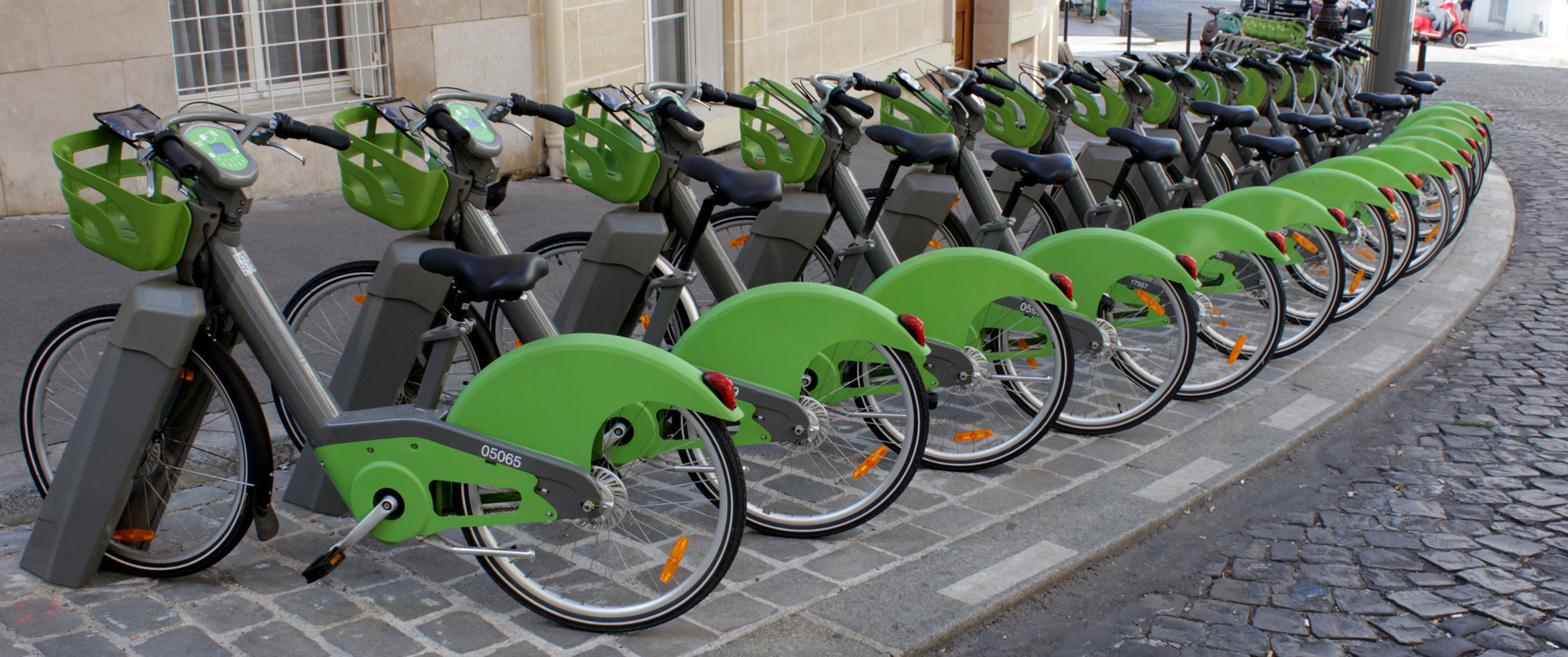Most climate change policy attention has been addressed to long-term options, such as inducing new, low-carbon energy technologies and creating cap-and-trade regimes for emissions…
In 1998, Nortel Networks initiated GreenCommute, a Transportation Demand Management (TDM) program for its campus expansion in Ottawa, Ontario. Through enhancing and promoting alte…
The Clean Air Commute was created to encourage members of the public to use a cleaner means of transportation on one day during the month of June. While the program quickly gained…
Created in King County, Washington, Capitol Hill In Motion was a campaign designed to encourage car users and car-owning households in communities where 70% of people were already…
Developed by the City of Edmonton, the LocalMotion program was created to reduce greenhouse gas emissions and improve air quality through the reduction of regular automobile use b…
Chicago’s Go Program was designed to help residents walk, bike, ride transit, and use bike share more frequently while driving alone less often. Outside of promoting alternative f…
Since 1995, Seattle Children’s Hospital has run a trip reduction program designed to reduce the number of employees driving alone to work to just 30% of trips by 2030. In the init…
Active for Life™ (AFL), a social marketing campaign supported by the Robert Wood Johnson Foundation (RWJF) and planned and implemented by AARP was created to help sedentary midlif…
Created in 1989, the Go Boulder program was designed to reduce traffic congestion and air pollution by getting Boulder residents to shift from single-occupant vehicle use to alter…
With help from the Safe Routes to School administrator for the Boulder Valley School District in Colorado, Bear Creek initiated the Walking School Bus and other active transportat…



